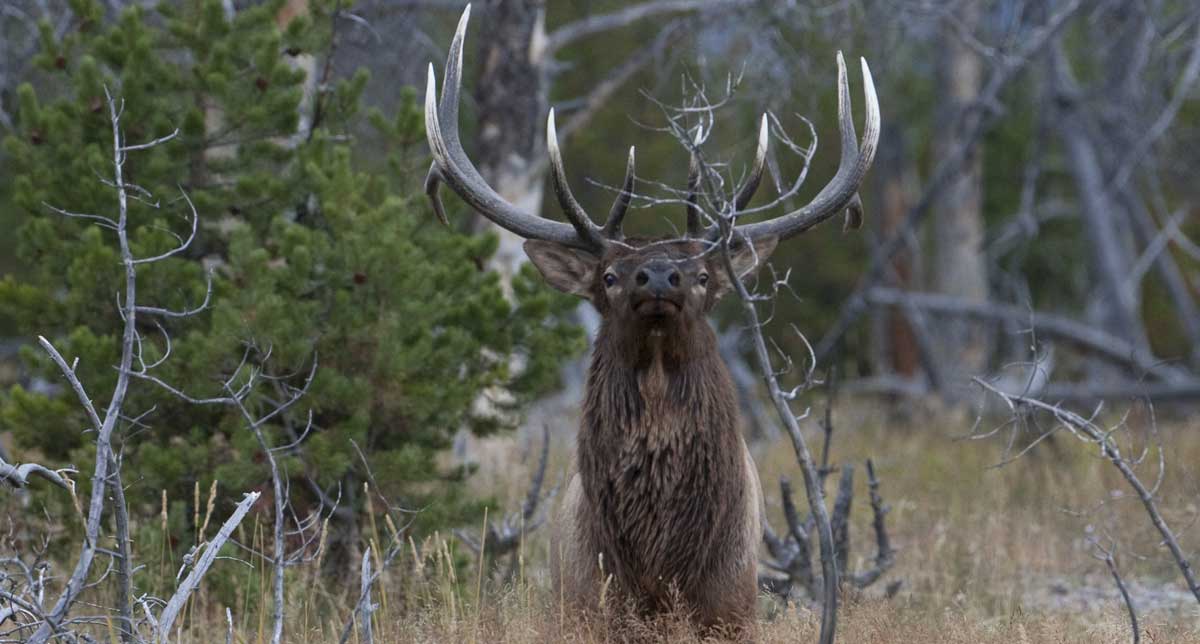A young elk guide arrows a bull big enough for the Boone & Crockett’s (B&C) record books. Why would he, or any hunter, bother to enter it? Below are a portion of Troy Smith’s words, as found in the Hunting Is Conservation department of the July-August 2017 issue of Bugle magazine.
In the course of writing this piece, I spoke with Joe Bell, executive director at the Pope and Young (P&Y) Club. I asked him why I should bother to enter my bull. He explained that by entering an animal into the book, a hunter gives back to science, to conservation and to the sport. According to Bell, the records originally were designed to show the effectiveness of archery equipment by compiling a formal database during a time that archery equipment was thought not to be very effective on big game. Keeping records was P&Y Club’s way to legitimize the sport.
The B&C club was fundamental in establishing bag limits, seasons, and putting an end to market hunting—a practice that devastated North America’s wildlife. The record books were a way to not only incentivize the hunting of mature males, but to track the health of decimated populations. The reason we have the ability to hunt for meat (any-elk tags) is because at a time when wildlife populations were at an all-time low, we shifted away from taking the young and females of a species to mature males says Justin Spring, director of Big Game Records at the B&C Club. In many places, we now have the opportunity to take the first buck or cow that walks by only because we took pressure off those animals so long ago and allowed their populations to climb back, much in the same way catch and release transformed fishing and fisheries management.
Troy Smith is an elk guide in central Montana. When not guiding, he works in fisheries management in the intermountain West.
